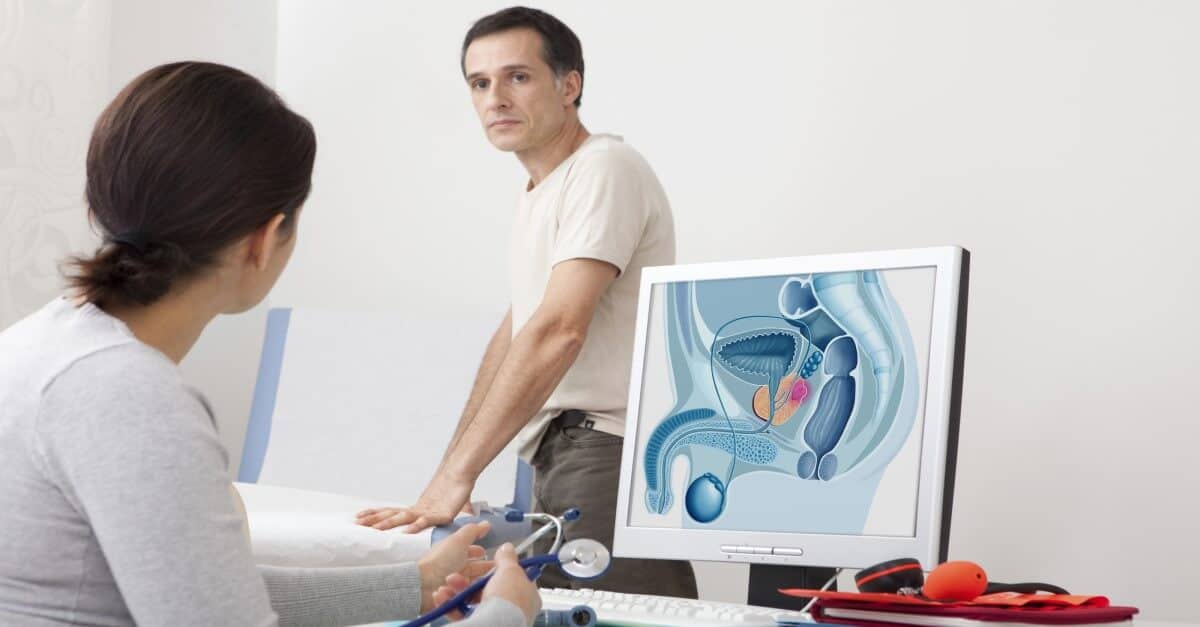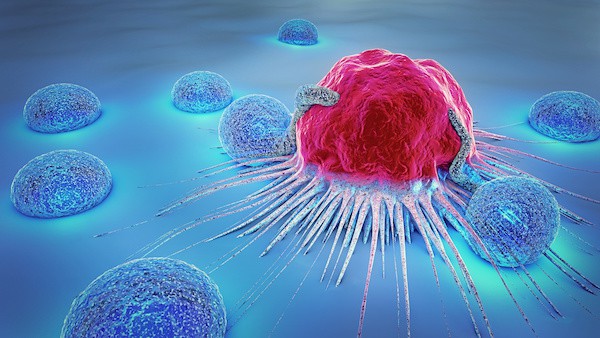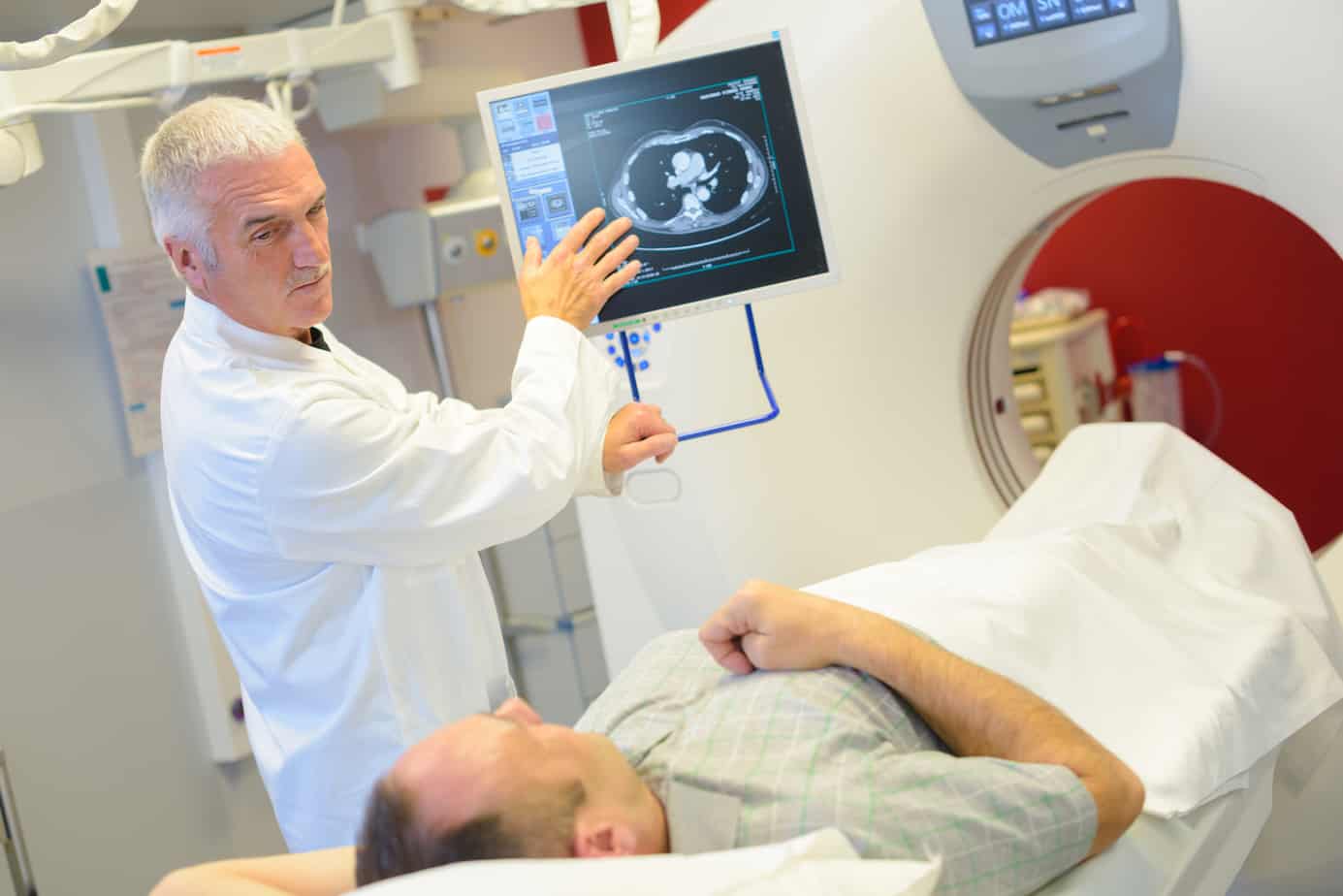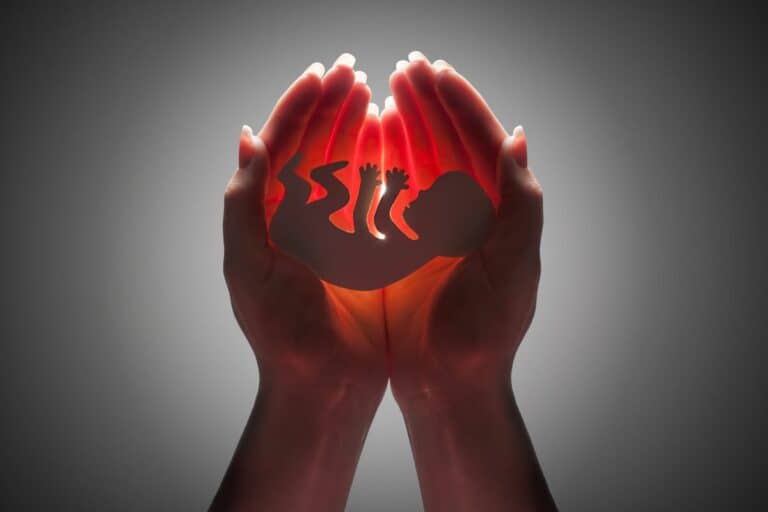Prostate Cancer: Symptoms and Therapy

Prostate cancer is caused by a malignant tumor of the prostate gland. It is by far the most common type of cancer in men in the USA, accounting for about 20 percent of all cancers. Learn here about risk factors, symptoms, and healing methods.
Where Is the Prostate?
The prostate belongs to the inner male sex organs. Anatomically, the prostate lies in front of the rectum and below the bladder. It surrounds the male urethra. The organ, about the size of a walnut, weighs about 20 grams. The gland produces seminal fluid, which transports sperm, as well as a substance called PSA (prostate specific antigen). High levels of PSA may indicate the presence of prostate cancer.

Cancer: Cell Division Without Control
In healthy individuals, damaged or obsolete cells just die off. But in prostate and other types of cancer, the body isn’t able to rid itself of the bad cells. So the genetic material causes damaged or incorrectly programmed cells to divide further and further. Malignant tumors have the ability to grow into other structures and organs, disrupting their function.
Individual cancer cells can embark on a journey through the body via blood and lymph vessels. They can settle elsewhere and form metastases, for example in the bones. In contrast to malignant prostate cancer, benign prostatic hyperplasia(BPH) is a benign enlargement of the prostate gland.
Risk Factors for Prostate Cancer
Prostate cancer can be hereditary, and certain genetic changes may increase the risk. However, only a small proportion of all prostate cancers are frequent within a family.
Getting older is a controversial risk factor, but maintaining a healthy lifestyle might decrease that risk. Some young men may have microscopically small cancer foci in their prostate gland, which remain at rest even with advancing age. Only a small proportion of them develop cancer requiring treatment. New research and promising clinical trials show that a healthy diet, an ideal body weight, and regular exercise reduce the cancer risk.
Symptoms of Advanced Prostate Cancer
Initially, the disease maliciously does not cause any discomfort. Early detection measures are therefore useful and important. The carcinoma (which is a type of cancer that starts in the cells that make up surfaces of the body, like your skin or inner tissue of organs) only starts causing problems when the cells reach a certain size. It can lead to prostate pain as well as blood admixtures in the urine and has an impact on bowel and bladder emptying. You usually don’t know that you need to start Prostate Cancer Treatment until your symptoms are more advanced, which is why doctors recommend testing.
Examinations in Case of Suspected Prostate Cancer
In a palpation, the doctor examines the prostate rectally and checks whether changes have occurred. A blood test can determine the PSA value. It can give further indications as to whether a prostate change is benign or malignant. If palpation and blood tests confirm prostate cancer, doctors perform a biopsy (tissue sampling).

Prostate Cancer Therapy Methods
If the suspicion of cancer is confirmed, different therapy options and treatments are possible depending on the stage of the disease.
Surgery
The most promising surgery takes place when the cancer is still limited to the prostate and has not grown into neighboring tissue. Radical prostatectomy, on the other hand, is removing the entire prostate gland. The aim is to cure the affected person and maintain urinary incontinence and erectile function.
Radiotherapy
In contrast to surgery, radiotherapy preserves the organ. The radiation kills cancer cells in the prostate. Radiotherapy is also possible in addition to surgery, e.g. if certain risk factors are present. A combination of radiation and hormone therapy is often used for locally advanced prostate carcinomas.
Hormone Therapy
If metastases have already formed at the time of the diagnosis of prostate cancer, local therapy is generally inadequate. Then a patient can consider a therapy that affects the entire body. Doctors speak of systemic treatment. Hormone therapy should preserve the patient’s quality of life and have as few side effects as possible.
Chemotherapy
If the cancer continues to spread despite hormone therapy, chemotherapy is the next option. Cytostatic drugs block further division of cancer cells. However, chemotherapy also affects healthy cells. Side effects can include diarrhea, hair loss, and inflammation of the oral mucosa.
Active Surveillance
Since the introduction of PSA tests, significantly more men have been diagnosed with prostate cancer. Many of the diseases are purely histological diagnoses. They are not dangerous for the patient. These men are closely monitored but not yet treated. However, if the disease progresses, treatment starts.

Post-Cancer Care
Once a patient completes the first phase of treatment, post-cancer care begins. A doctor closely monitors the affected persons in order to detect a new outbreak (recurrence of tumors) in good time and to treat accompanying and secondary illnesses.
However, medical checkups and screenings are key to staying healthy. Use FamilyApp to encourage each other to make and keep medical appointments. Family support can be so helpful during this time! [/vc_column_text][/vc_column][/vc_row]





